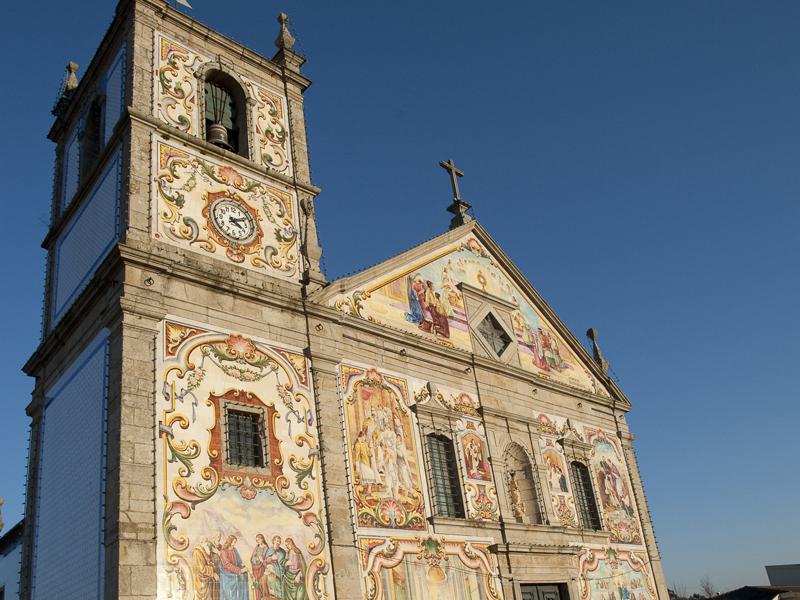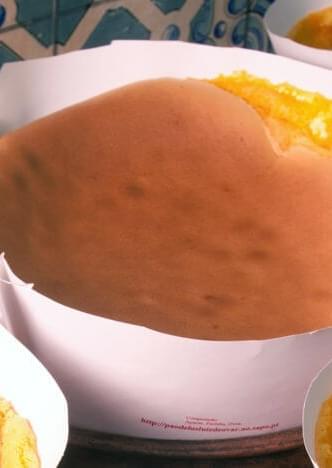If you are a fan of the typical Portuguese tiles “azulejos”, then one of the best places to go is to the city of Ovar, only 30 minutes away from Aveiro!
This Arab-origin art dates back to the second half of the 15th century.The tiles were mainly used indoors on palaces and churches. In Ovar, by the end of the 19th century semi-industrial pattern tiles were applied in the façades of most of public buildings, ornamented with balusters, pine cones and small ceramics statues. Tiles became increasingly more democratic and could be seen now on private-owned houses. These pattern tiles mostly with flowery motifs were produced in the factories of Vila Nova de Gaia and Aveiro.
A true open-air Portuguese tile museum !
📍 Location
Google Maps

Válega Church
Válega church is a true masterpiece of tile painting art and surely one of the remarkable churches in Portugal! On sunset the church facade, facing west, is particularly beautiful, bathed by sunlight. A true golden temple that sparkles with its amazing tiles of many colours.
The patronage of the church belonged to private owners until 1150. From that date on until 1288 this was the Monastery of São Pedro de Ferreira. From 1583 to 1833 it was property of the Bishop and the Cathedral of Porto. Válega Church is placed in its current spot since the middle of the 18th century. Inside the church, it is worth highlighting:
- 20th century interventions, such as the ceilings in exotic woods, sponsored by the Lopes Family, as well as the exuberant tile coverings, produced by Aleluia Factory, based in Aveiro
- marble works of the indoor walls of the main chapel, inferior coir and general wainscots
- the different stages of the life of Virgin Mary
Válega is located 6,5 km away from the city of Ovar and it surely deserves a visit!
📍 Location
Google Maps












